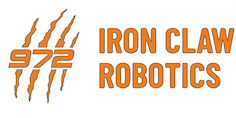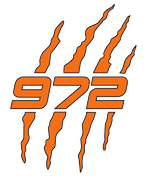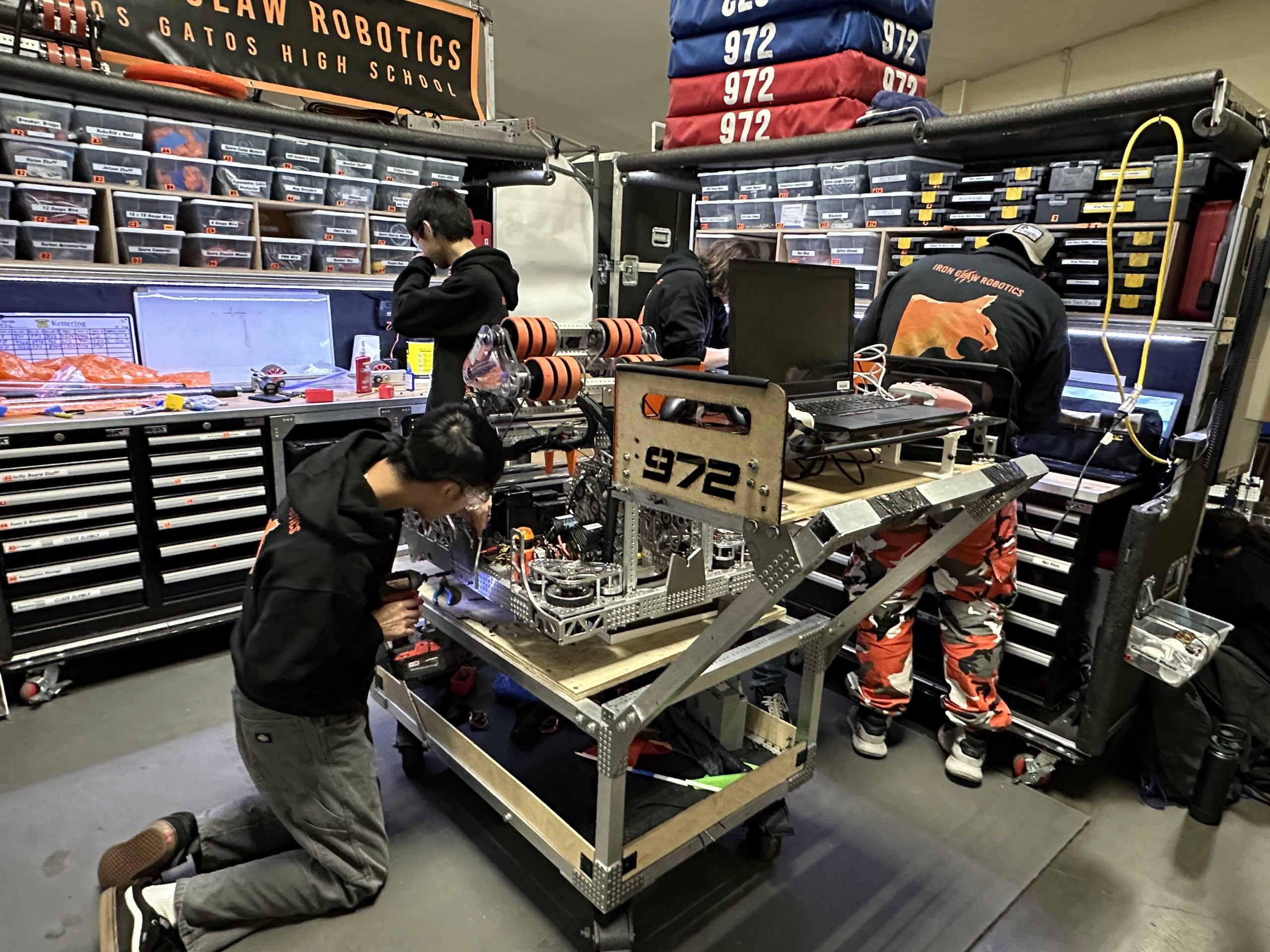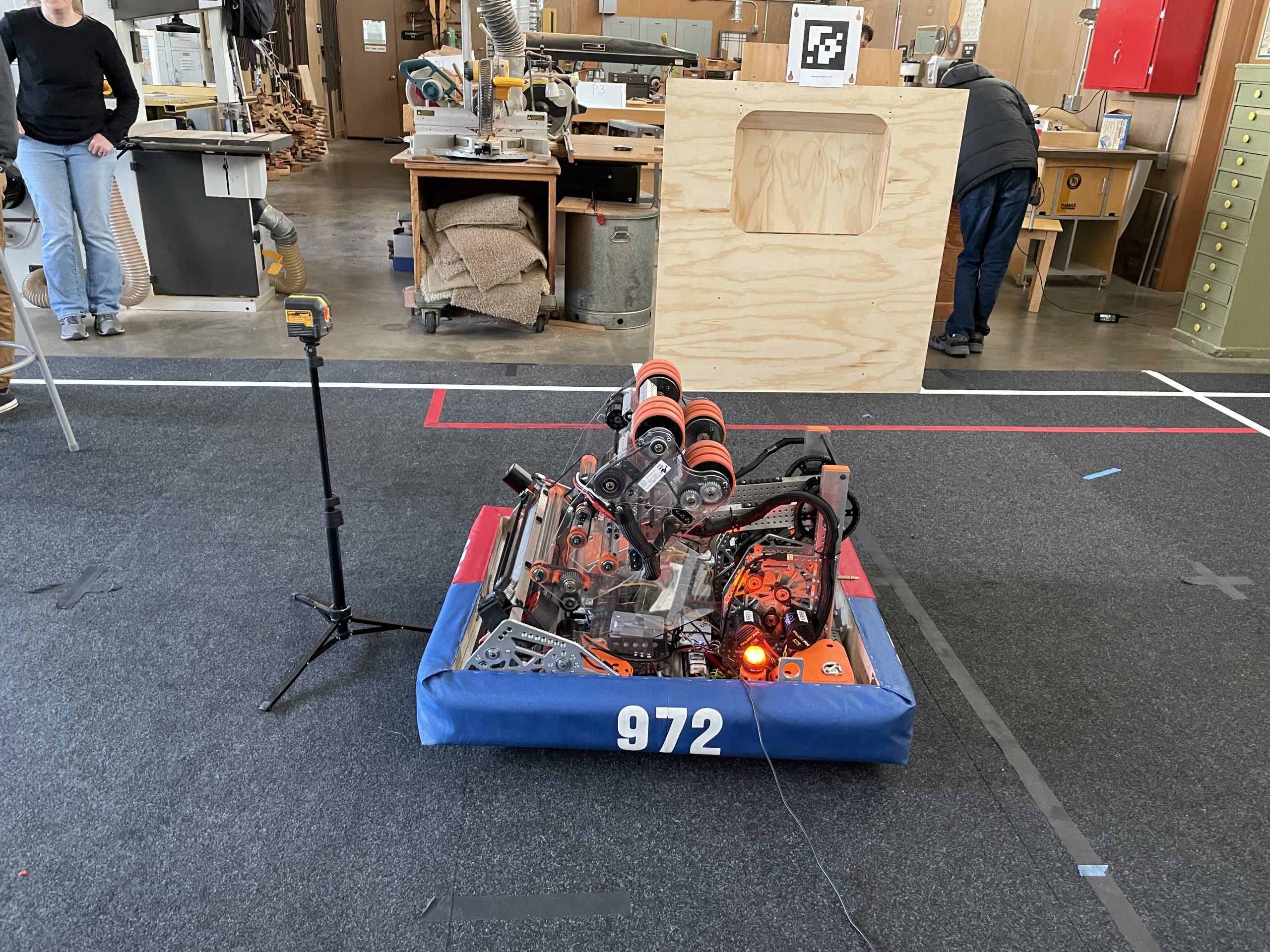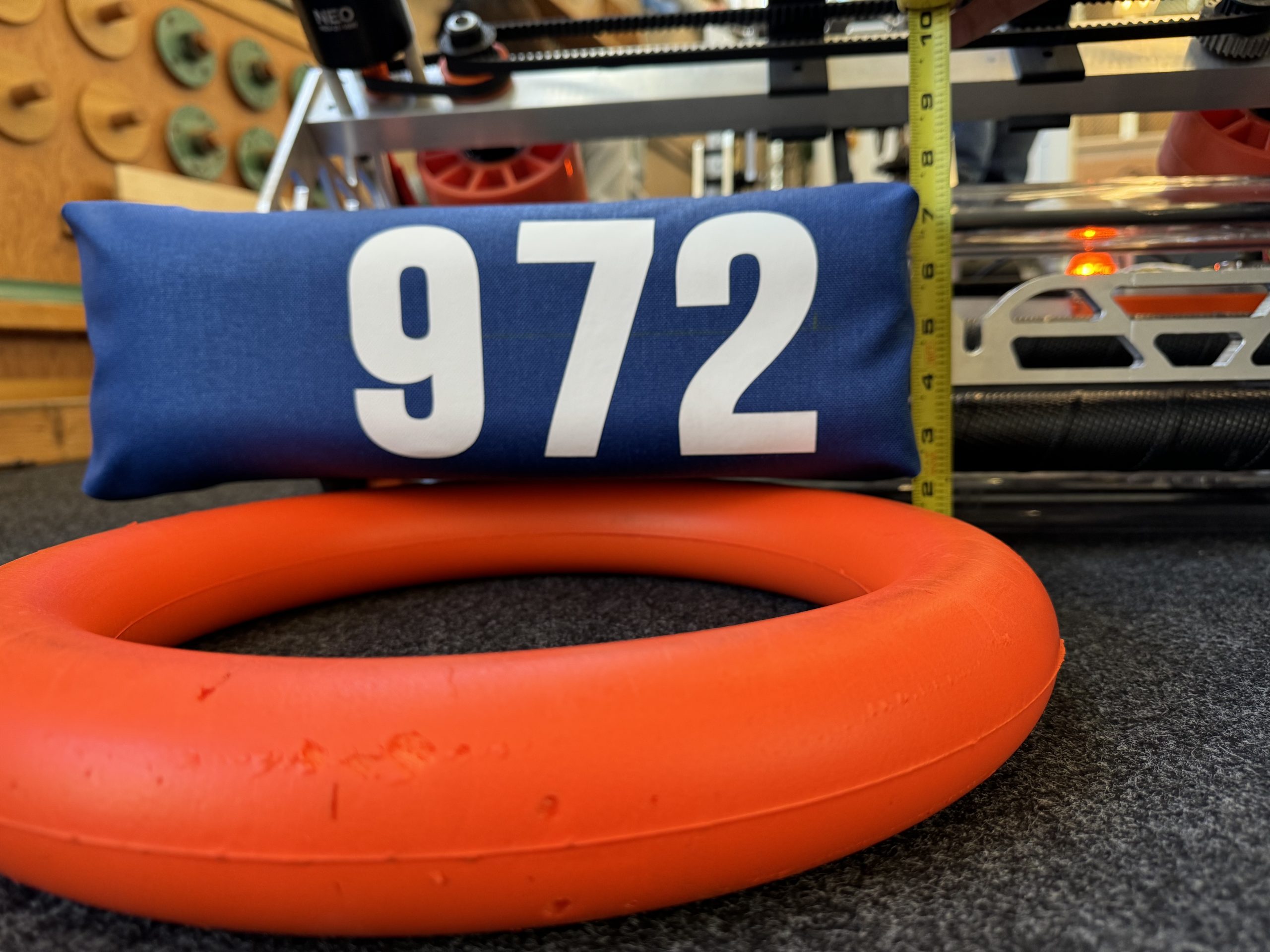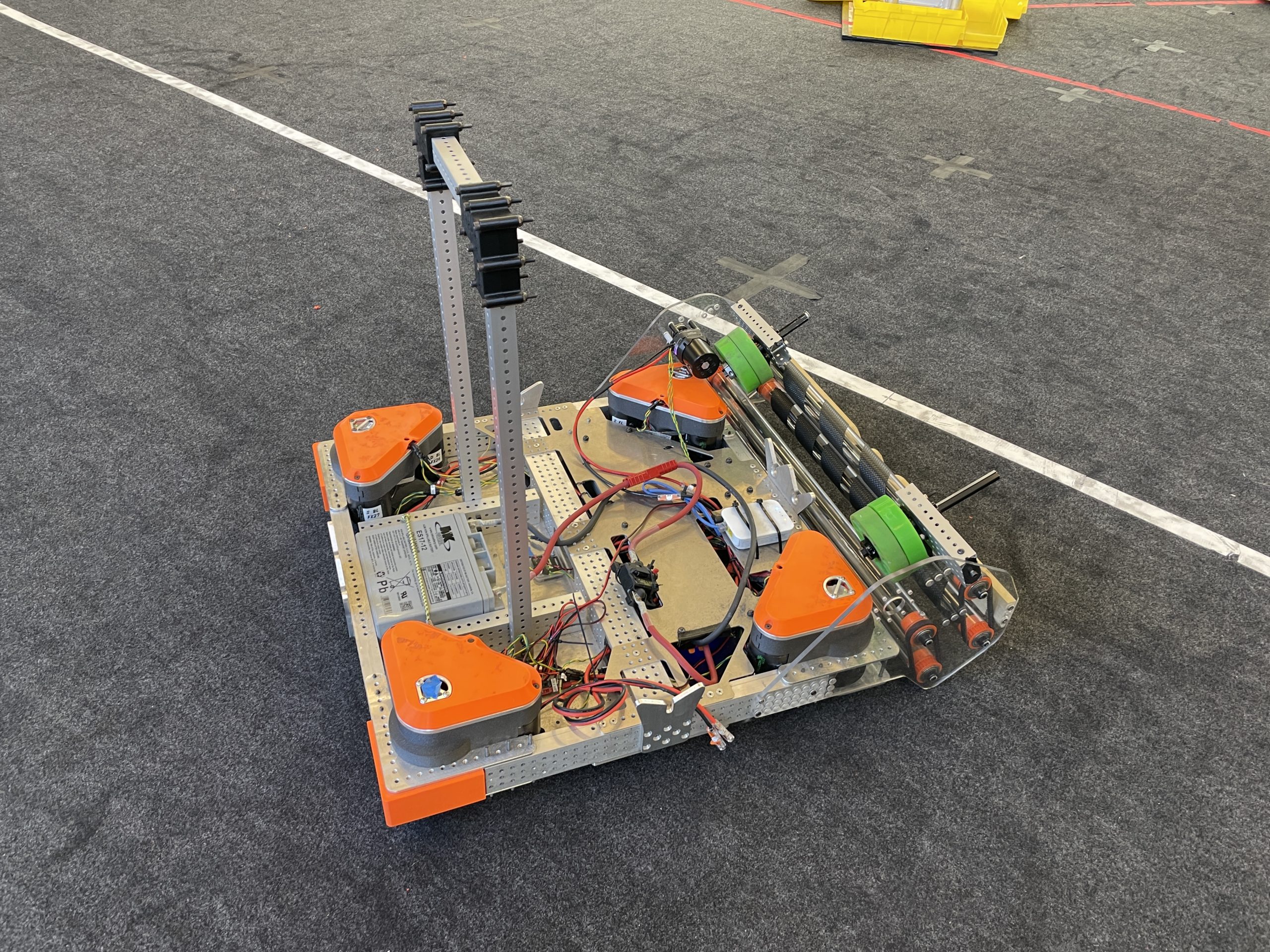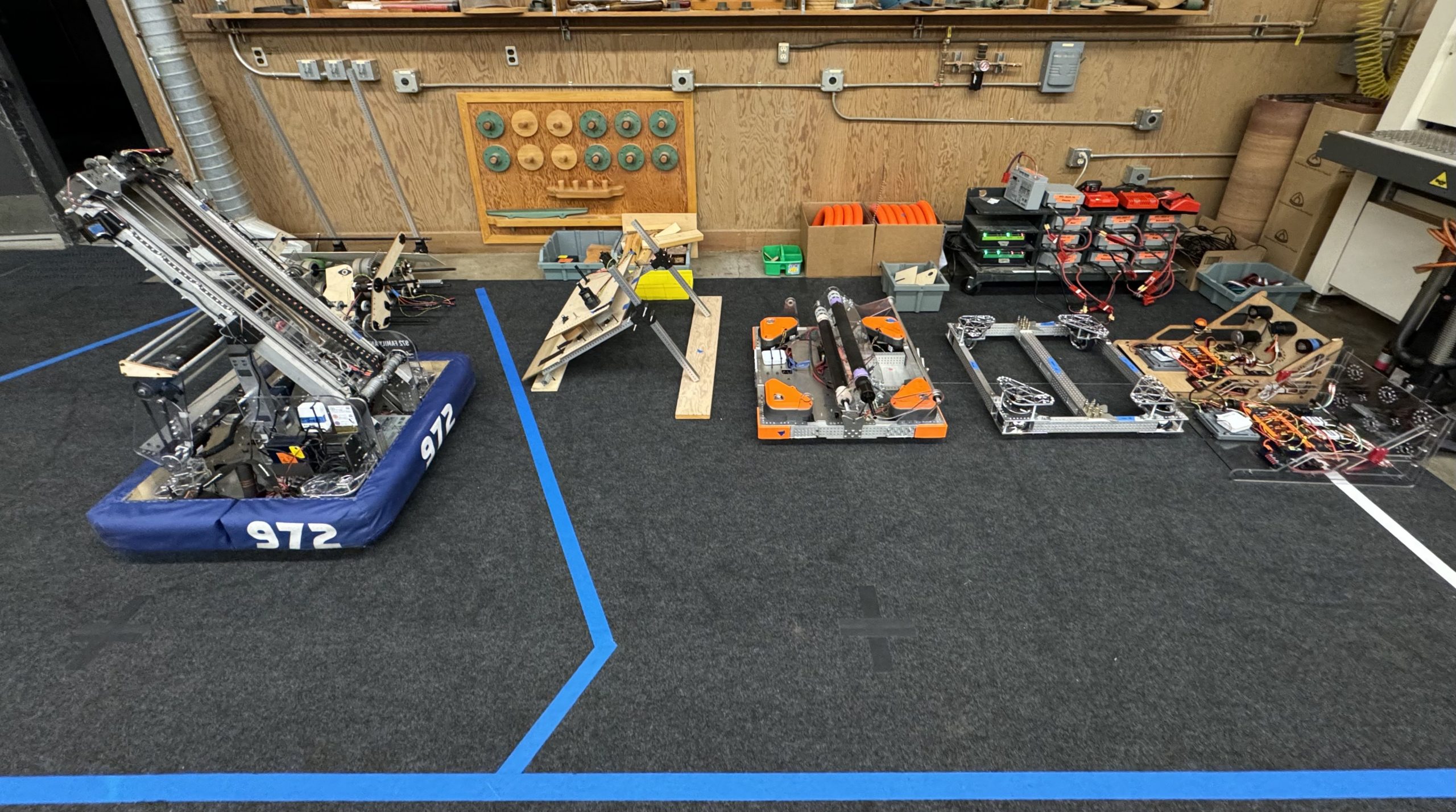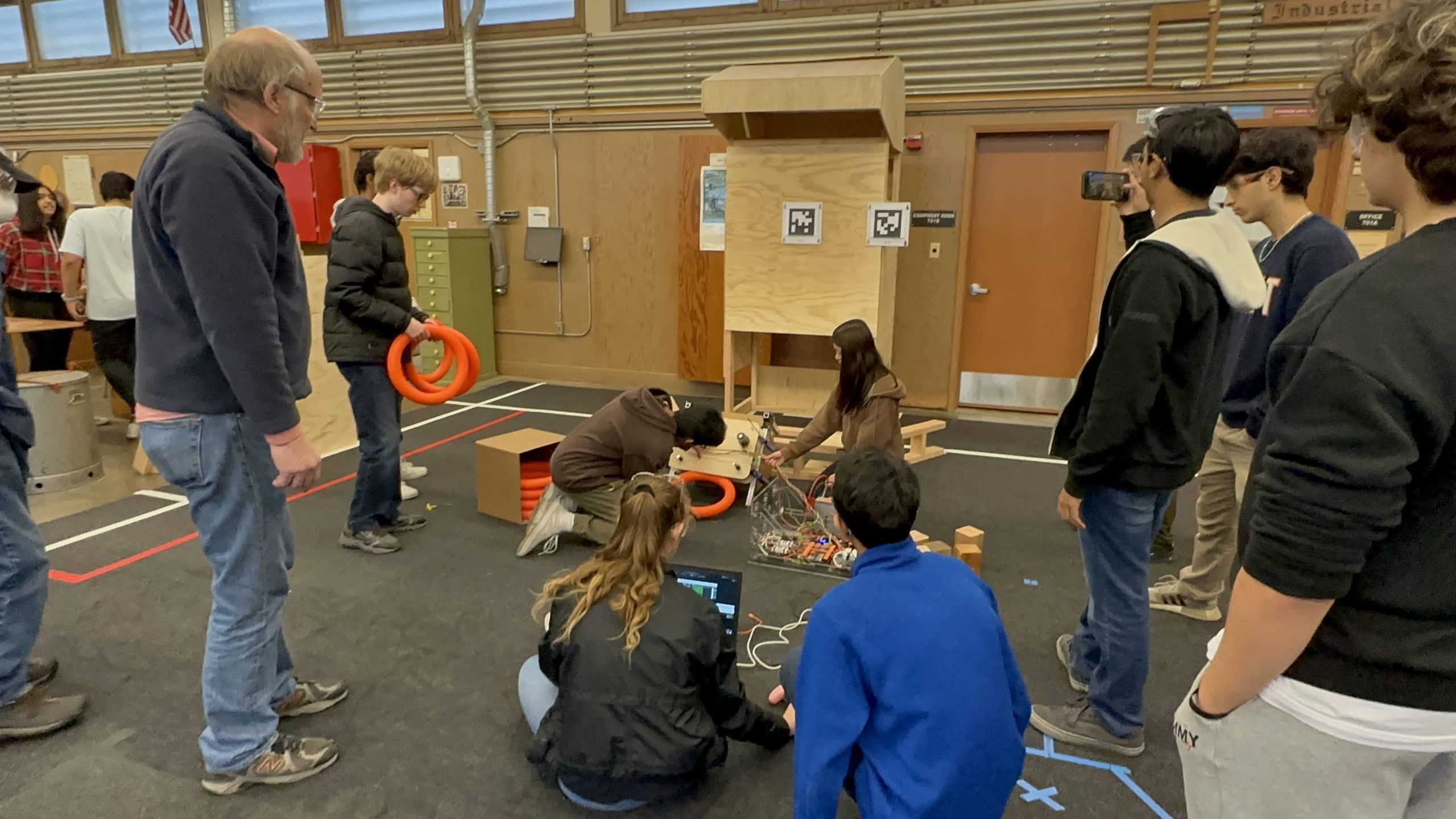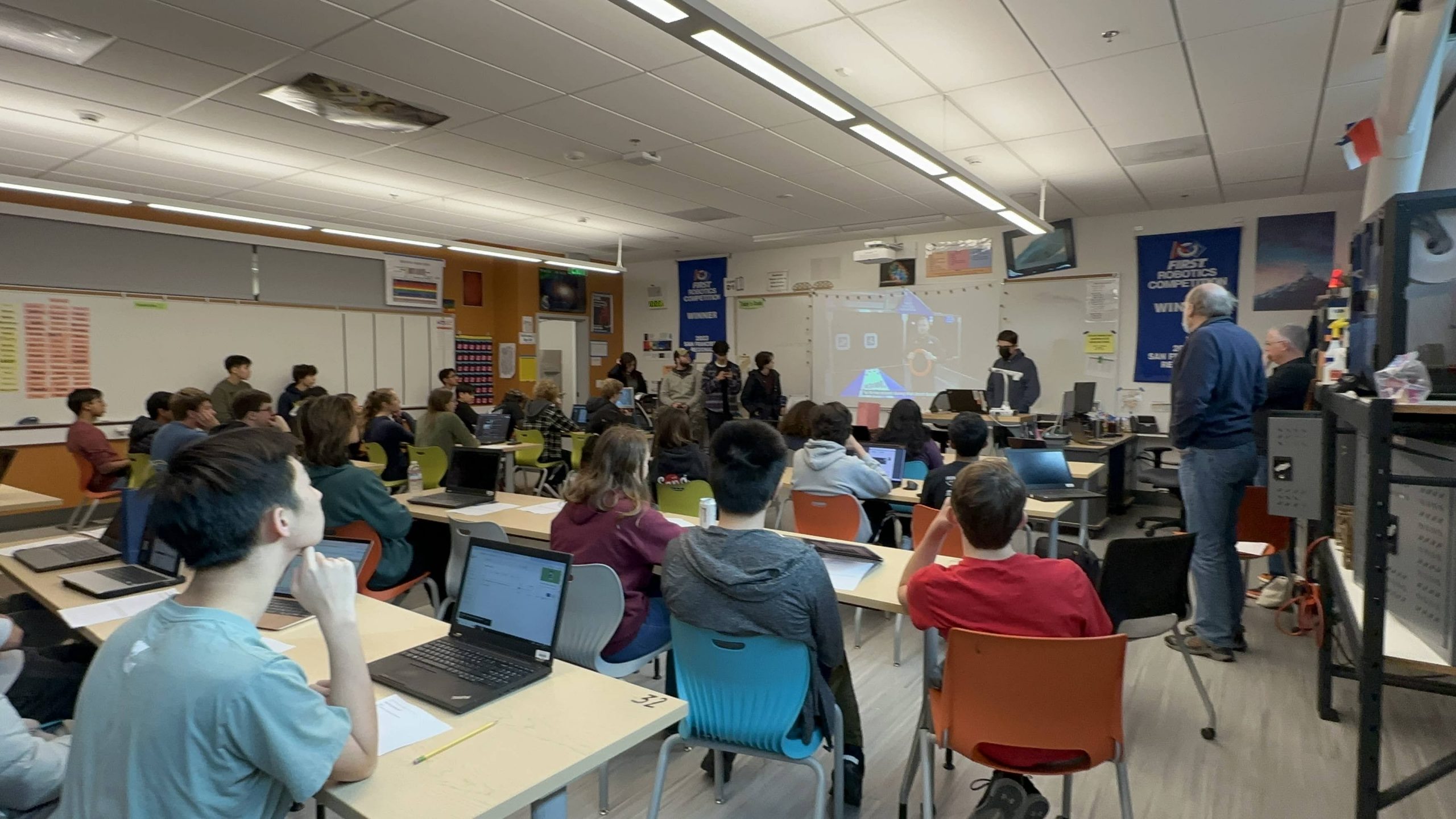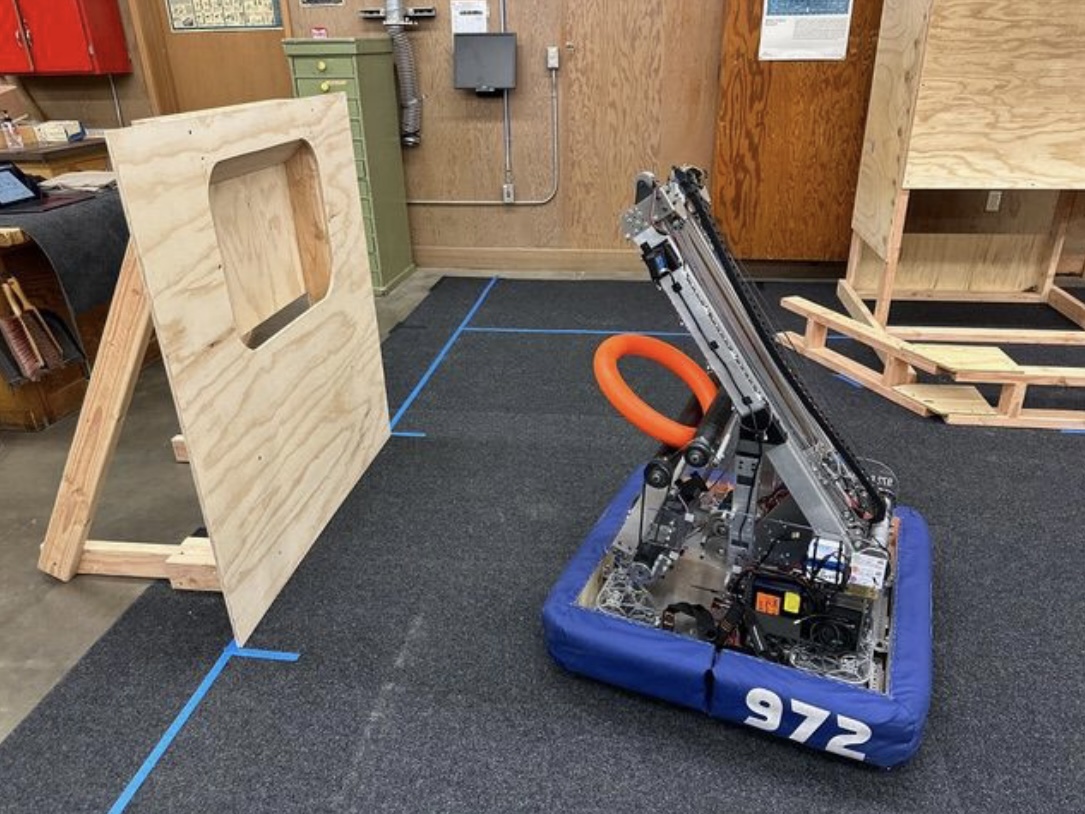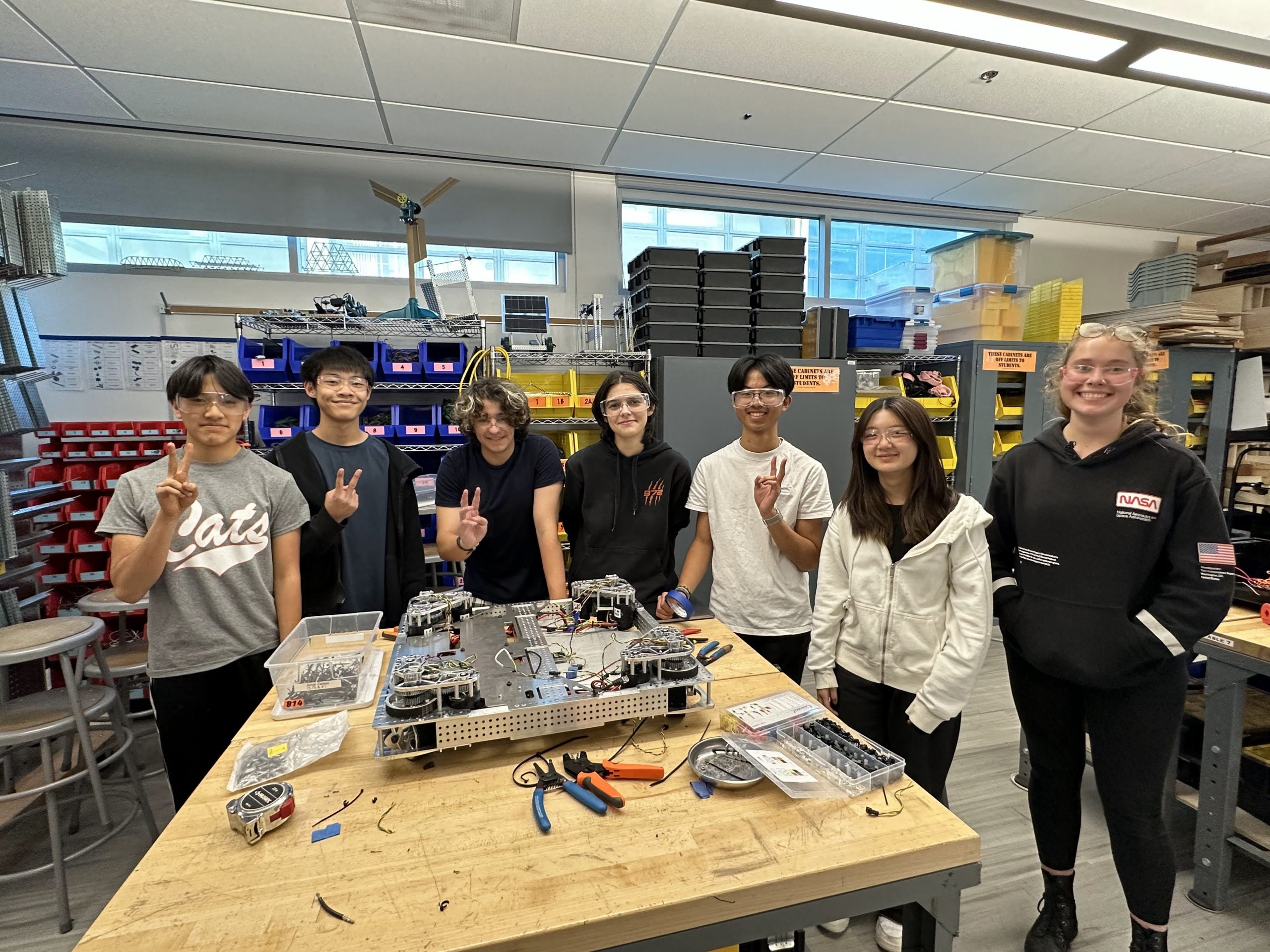2024 Central Valley Regional
Last weekend, our team competed in the Central Valley Regional. The Wednesday before competition, team 2473, Goldstrikers, used our practice field for testing auto routines and driver practice. We hope that the time they had on our practice field helped strengthen their robot. In the future, we hope to accept more requests from teams who wish to use our practice field. By Thursday, the Pit was packed in the trailer and our competition team headed to Fresno. During the competition practice day, we encountered an issue with the CANivore and RoboRio. The CANivore failed to communicate with the RoboRio, so the Hardware and Software pit crew ran many tests in hopes of fixing the issue. After swapping out the CANivore did not work, we attempted to swap out the RoboRio instead. Upon noticing that neither change yielded desired results, we replaced the CANivore and RoboRio, restoring communication between the two. We hope to conduct more testing of the two hardware pieces on our test beds. Additionally, during our first practice match, we realized that shooting from a distance no longer worked. This was an unresolved issue that we plan to look into more. On Saturday, our pit crew got to work, re-tensioning the chains, checking the wires, and replacing the battery. We focused on software, as the issue [...]
